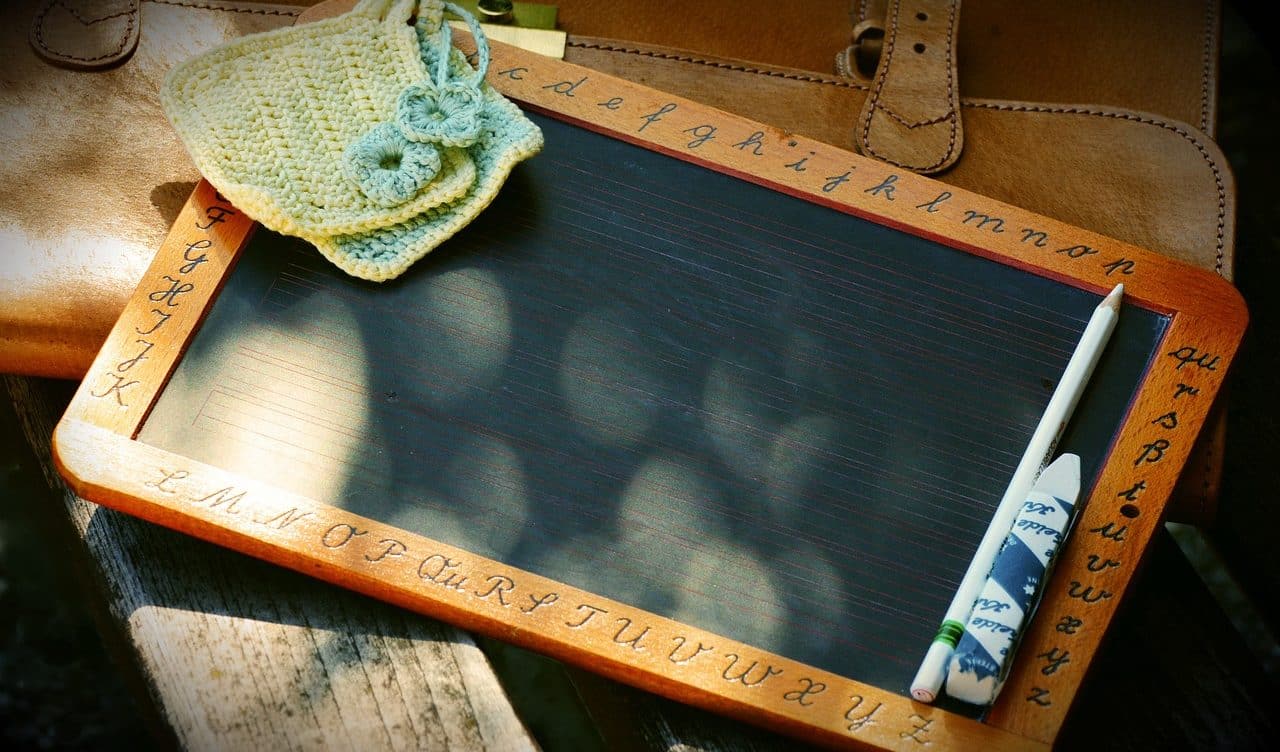
A blackboard is an element whose surface allows you to draw or write on it.
Blackboard is a concept that can be used in various ways. One of its most common meanings is associated with the element on which you can draw or write with chalk or a marker that can be easily erased. The term, in this case, is synonymous with blackboard .
For example: "Could you move a little to the side, please? It's just that you cover the blackboard and I can't read what the teacher writes" , "The coach wrote down on a blackboard the names of the players who will make up the starting lineup" , "When I was little, I entertained myself by drawing on a blackboard that I my aunt had given it as a gift .
Characteristics of a blackboard
Typically, blackboards are rectangular and have the surface painted black or green . These elements are very common in the field of education , since teachers use them to make notes, announce activities, etc.
It is important to note that these objects are known as slates since, in ancient times, they used to be made from the rock called slate . This stone was polished and smoothed so that it could be written with plaster or other material on its surface.
Slate, as a rock, is formed from clay and, in certain cases, igneous stones. Its most salient characteristic is that it is divided into thin plates or lamellae .

Blackboards make it easier to teach classes in schools and universities.
a digital device
Today there are digital whiteboards , which are tablets connected to a computer . The user can interact with the board, writing with special pencils or even by hand. Among its most common applications are education (teachers and students can interact comfortably with a giant screen), research (many people can contribute their ideas during meetings using various tools) and presentations (they facilitate the presentation of concepts). thanks to the possibility of manipulating the content on the screen with great precision and flexibility).
The interactive whiteboard may use one of the following technologies, among others:
- Electromagnetic : a special pointer must be used in combination with a mesh that covers the entire surface of the screen , which serves to detect the signal sent by the first pointer and then pass it on to the computer. To have a rough idea of the reliability of this type of whiteboard, the precision of its technology is 77 times greater than that of a touch screen.
- Infrared : the pen emits an infrared signal that can be composed of one or two points, and this is collected and analyzed by a camera to calculate its position and convert it to Cartesian information, which is then used to position the pointer on the screen. It is worth mentioning that this technology does not require a screen but rather takes advantage of any surface on which it is projected, which is why it is usually called interactive projection .
- Resistive : the whiteboard screen is made up of two layers, one of which (the outer one) deforms when pressed. Thanks to this flexibility, the inner layer can detect the contact and calculate the location where it took place. Among the advantages of this technology is the possibility of interacting with your hands or with any type of pencil, as well as the fact that the screen is better protected from scratches and potential damage from liquid spills, for example.
- Optics : the board has light bars on its perimeter, whose emission is controlled by two cameras located one on each side. When the user touches the screen, an inevitable interference occurs in said light projection, which is why the system proceeds to detect its location. As with resistive displays, it is not necessary to use a special type of pointer to interact with an optical whiteboard.
